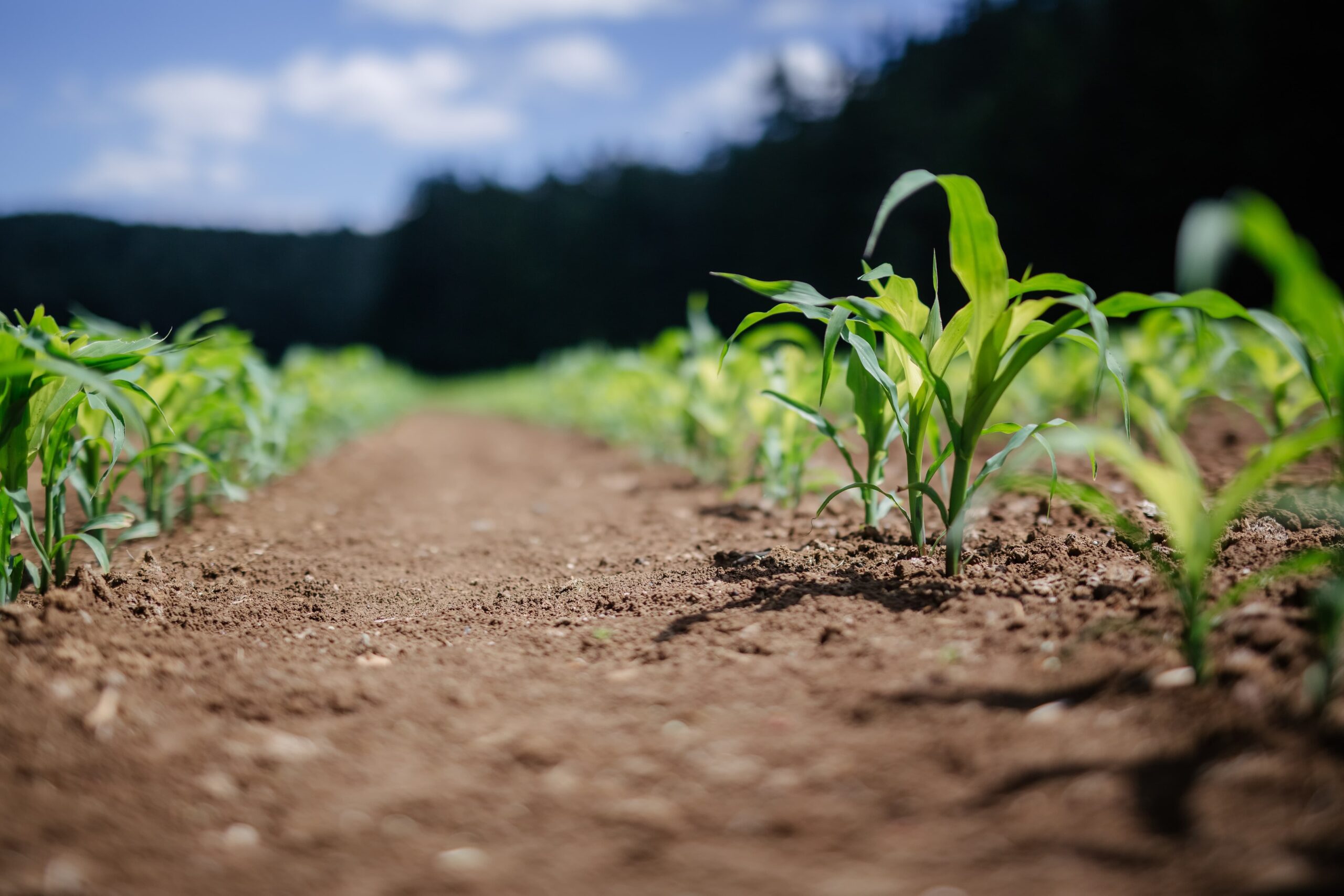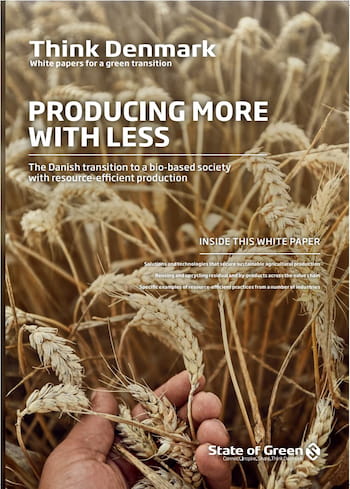Download our publication from producing more with less
This article is part of our publication ‘Producing More with Less’
Download nowPerspective
Bioenergy
Biogas


For many, Denmark is synonymous with wind turbines, but bioenergy actually represents approximately two-thirds of the total renewable energy production. Biogas plays a bigger and bigger role: The total biogas production during the last three years is higher than the production the 30 years before that.
Since the previous Energy Agreement was signed by a majority of political parties in the Danish Parliament in 2012, Denmark has seen a large increase in the number of biogas plants and the production of biogas. Driving this expansion is a €15.3/GJ subsidy plus other support schemes on biogas production that make biogas investments an attractive business proposition. The stable policies have particularly helped stimulate investment in large and professionally run biogas plants that are built to handle waste resources such as livestock manure, thus reducing greenhouse gas emissions while
recycling important resources such as phosphorous.

This article is part of our publication ‘Producing More with Less’
Download nowBiogas production is a good example of the circular economy in practice. In addition to producing renewable energy, thereby reducing greenhouse gases and creating blue collar jobs in rural areas, biogas enables the recirculation of nutrients from different types of waste. This eliminates the dependency on imported fertiliser. Livestock manure and industrial food waste are currently the primary biomass resources, but it is expected that more and more of the organic fraction from household waste will go into Danish biogas plants.
This is due to the fact that the Danish parliament has set a target that aims to use 50 per cent of the organic fraction in municipal waste for biogas and fertiliser production rather than going to waste incineration by 2022. Although it is expected that the production of biogas will continue to increase and more plants are being constructed, it will largely be 2nd generation biomass that will be used.
Figures from the Danish Energy Agency reveal that the Danish biogas model is based on waste, rather than food: Only 2.4 per cent of the total input in tonnes going into Danish biogas plants were energy crops in 2016. In the same year, it was legal to use up to 25 per cent energy crops in the plant. In the beginning of 2018, this limit was reduced to 12 per cent.
The interest group Green Gas Denmark predicts that Denmark is able to become 100 per cent independent from fossil fuel natural gas. If Denmark succeeds, it would be the first European country to do so. In order to make this a reality, continuous process optimisation needs to take place and large investments need to be made. According to Aarhus University, the green transition will still be sustainable if we use already available straw, household waste and livestock manure in the process.
publications
Resource efficient production
+15